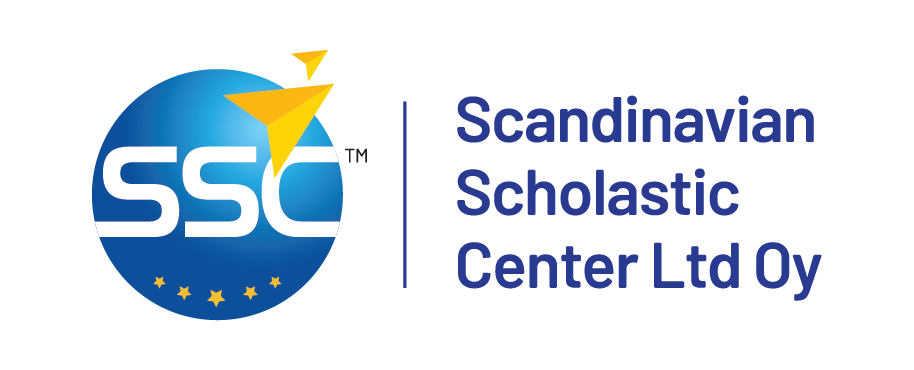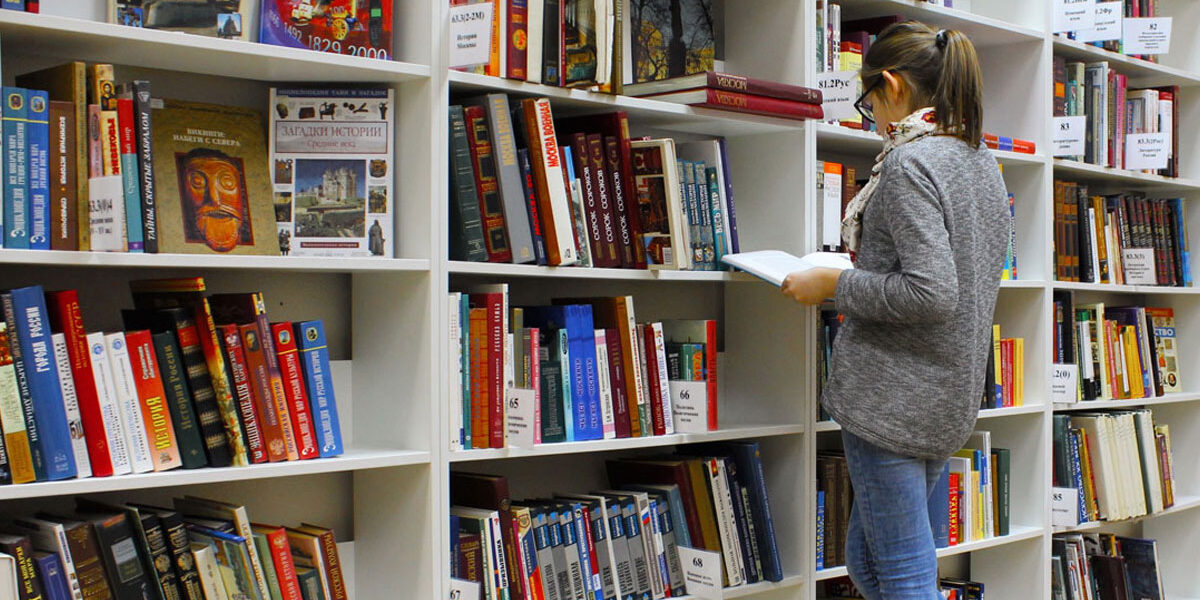This blog post may also be ready on the Daily Mirror
Education is a prime indicator of our quality of life. It enables us to constantly learn and overcome challenges, creating a life we dream of. In this light Finland’s education system is regarded as top-notch, and other countries, including Sri Lanka, are making efforts to follow and learn from it. Founder and CEO of the Scandinavian Scholastic Center Buddhika Liyanage recently attributed the success of Finland’s education system to having well-paid teachers, plenty of breaks, less homework and tests. “They follow common-sense practices and holistic teaching instead of memorizing, cramming and taking standardized testing. The focus is on cooperating and not competition. This is different from current norms of study harder, work more and live less,” Liyanage said. Finland is also one of the few countries where citizens get higher-education completely free.
Explaining further Liyanage said: “Finnish education focuses on building trust and honesty, creating a more relaxed atmosphere with longer breaks between classes, later start times, and less homework. The integral teaching icons are encouraging, discovering and exploring students’ passions and life dreams.”
Testing and curriculum
Standardized testing has been replaced by personalization methods designed to each child’s needs. “Students are not compared with other students through assessments. They are compared to their own personal potential. The system believes in creativity and not standardization,”
Liyanage said. Each Finnish school has its own curriculum and study plan. Each student has their own study plan. It builds on trust-based responsibility rather than the test-based accountability. Parents have no pressure in selecting schools for the best school is the neighborhood school. The system does not grade schools or society. “Equity and equality functions very well in Finland. Society is not classified by social and financial status. Classism is also far less prominent and the educational concept is ‘no child left behind’,” he said.
Teacher training is paramount, and Finnish teachers have been trained to identify students’ capacity and abilities by allowing them to self-innovate. “Finnish teachers believe every child has different skills. So students are not evaluated in a common manner. Like fish can swim and the birds can fly, children have different abilities.”
Social and economic demands
Commenting on how education connects to wider social and economic demands Liyanage noted a country just cannot simply borrow the Finnish educational system and implement it because all other sectors in the country must cooperate to make it equitable for all. There was a time when Finland had poverty and war. But they overcame these challenges and grew to global significance. “Being colonized for decades by Sweden and Russia, the Finns learned to overcome difficulties in an intellectual manner. They learned to be united. Educating the nation was their only solution to escape from the threats of powerful neighbors. They proved the quote of Nelson Mandela who said ‘Education is the most powerful weapon you can use to change the world’. Finland is at the top in so many positive factors and their education system is the key element that has lifted them,” he added. In the political sphere, Finland is ranked high for having the most honest politicians and one of the best governance systems in the world.
The Finnish education system consists of:
- Early childhood education and care – Age 0-6 years
- Pre-primary education – Age 6 years
- Basic education – Age 7-16 years
- General upper secondary education
- Vocational education
- Higher education
- Adult education
Schooling and exams
In Finland compulsory schooling consists of one-year pre-primary education for 6-year-olds and a nine-year basic education for children aged 7-16. Post-compulsory education consists of three-year general and vocational upper secondary education and training. General upper secondary leads to matriculation exams and vocational to a vocational qualification. The matriculation exam is the only exam students face in school. Results from the international PISA tests comparing 15-year-olds from different countries in mathematics and science show Finland ranked near the top in all three competencies since 2000.
Special education
The system plans the future of a child from the mother’s womb. If a baby needs special assistance after birth the process starts then. Special education is nothing special. The system emphasizes on recognizing the child’s conditions before it gets merged or is too visible. Early Childhood Education and Care (ECEC) are free for every child, and even applies to children of international students. Municipalities are responsible for arranging the ECEC services, as well as for their quality and supervision. At national level, ECEC is the responsibility of the Ministry of Education and Culture. Even activities like eating lunch, dressing for outdoor activities, and taking naps are considered educationally valuable for children. In addition children receive three meals, have a rest break, and take part in outdoor activities around the year. ECEC teachers are qualified and capable of evaluating the child by focusing on every movement of the child. Teachers also provide parents with a diary of daily activities by the child.
Admin and structure
Every school consists of the principal, subject teachers, special teachers, study planners, school nurse and psychologist. This team meets weekly to discuss students’ progress and especially those who need special support. Subject teachers work with special teachers to get the best results for the child. Individual problems are dealt with case-by-case where individual learning plans are followed. Parents meet school officials depending on the need. Problem students are not separated from others, and the system works without discrimination. Finnish teachers are well qualified and teaching is Finland’s most admired profession. A Master’s degree in a Finnish research university is mandatory to be a classroom teacher. There is no teacher evaluation after graduation because teachers and the system are trusted. Vocational education prepares students for a particular profession and training is practically-oriented. Adults can also study new professions or supplement their expertise. Students who complete nine-year basic education can enter vocational education that paves the way to higher studies in university. There are two types of higher education institutions: universities and Universities of Applied Sciences (UAS). Finnish, Swedish and English-taught degree programs are offered at Bachelor’s, Masters and Doctoral levels which are tuition-free for students from EU countries. Non-EU students in English-taught degree programs must pay fees, but universities offer many scholarships to such students.
Drastic changes needed
Many countries have tried to learn from Finland’s accomplishments in education. Sri Lanka began debating about applying the Finnish model after former Prime Minister Ranil Wickremesinghe visited the country in 2017. But there are practical difficulties as other sectors must be simultaneously uplifted within the country.
There should be a revolution in the education system to increase equity among schools. There must be a drastic change in early childhood and care that caters to the holistic development in a child’s social, emotional, cognitive and physical needs. Teacher education must be enhanced and philosophy must be made an integral part of teacher education because they play an active role in understanding student behaviour. Teachers should also know how students perceive their actions. This helps them adapt better teaching strategies and guidance. Special education should be technically enhanced by facilitating well-trained ECEC teachers, study planners, school nurses and psychologists in every school. The exam-oriented educational culture with more private tuition takes up students’ lives. Students have no time for family, relatives and society, and little time for nutritious food that affects their physical and mental health.

